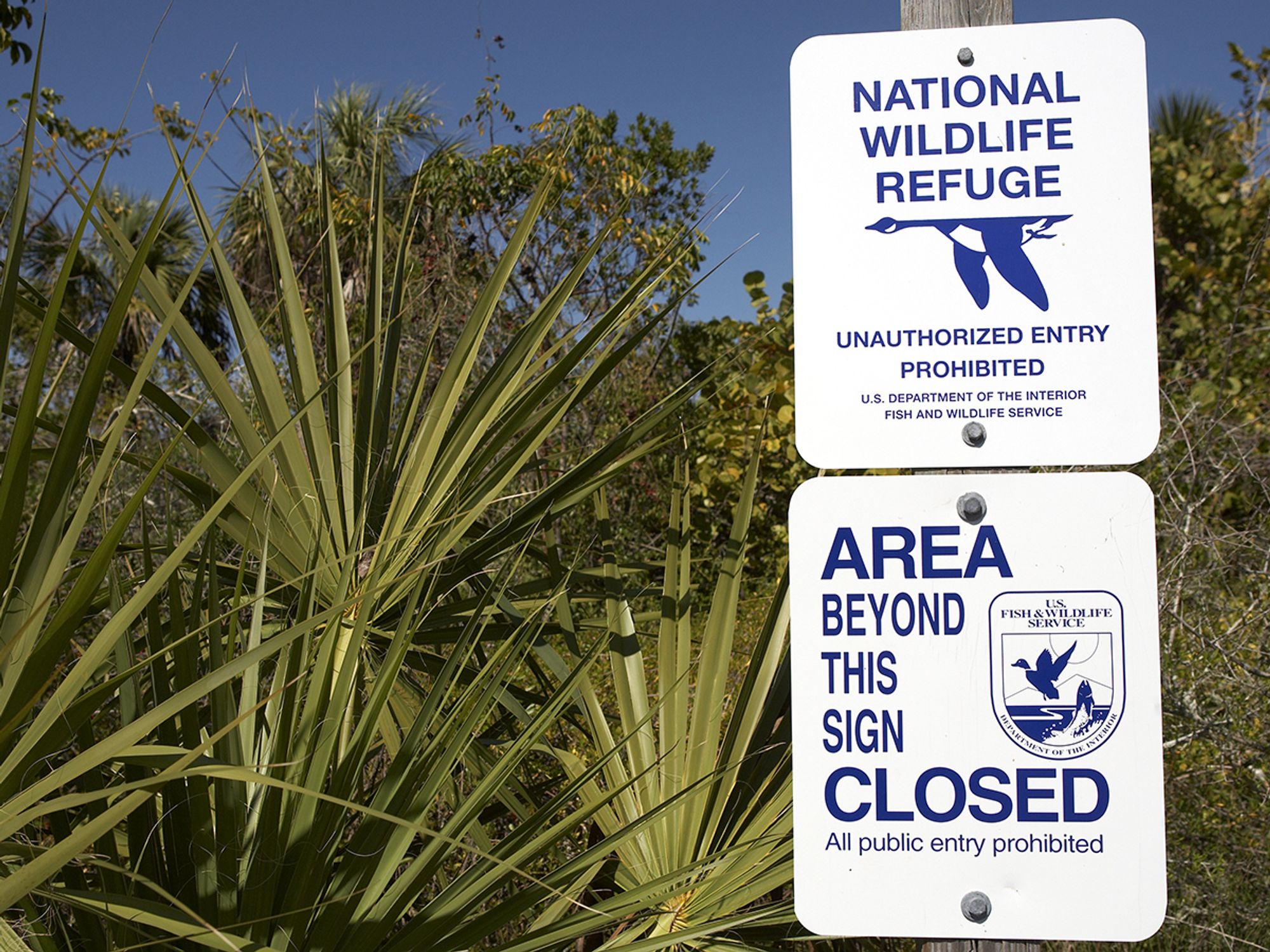United States Fish and Wildlife Service (USFWS)

- The USFWS provides conservation for risky species through the ESA.
The U.S. Fish and Wildlife Service (USFWS) is the main agency devoted to the preservation, protection, and improvement of fish, wildlife, and plants, including their habitats. The USFWS is the sole agency in the federal government whose central role is the preservation and management of these crucial natural resources for U.S. citizens. The USFWS was first created in 1871. Congress developed the USFWS to study the decline in fish eaten in the U.S. and provide ways to reverse that loss.
The USFWS oversees carrying out very critical U.S. environmental laws, like the:
- Endangered Species Act (ESA),
- Migratory Bird Treaty Act (MBTA),
- Pittman-Robertson/Dingell-Johnson wildlife and sportfish restoration laws,
- Lacey Act,
- North American Wetlands Conservation Act, and
- Marine Mammal Protection Act.
The USFWS provides conservation for species through the ESA, which has prevented the extinction of over 99 percent of the species it protects. States, tribes, private landowners, non-governmental organizations, and federal partners all collaborate with the USFWS to carry out on-the-ground conservation for species and habitats nationwide.
The USFWS works with partners to successfully tackle conservation goals, and:
- Emphasizes recovery;
- Gives conservation incentives;
- Bases determinations on solid science;
- Guarantees clear and steady policies and implementation;
- Expands public involvement through grants and partnerships; and
- Gives private landowners and industry tools to enact projects.
